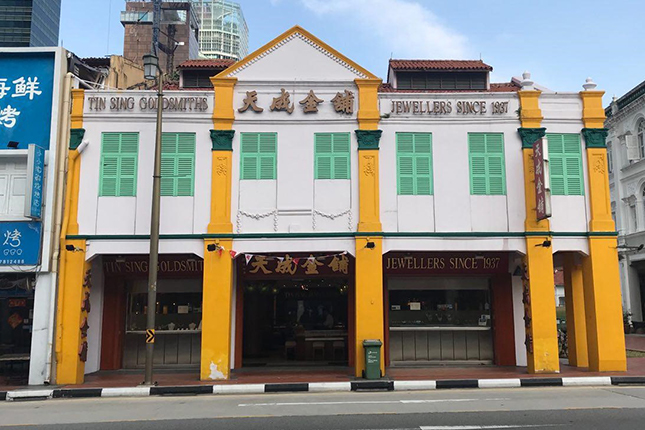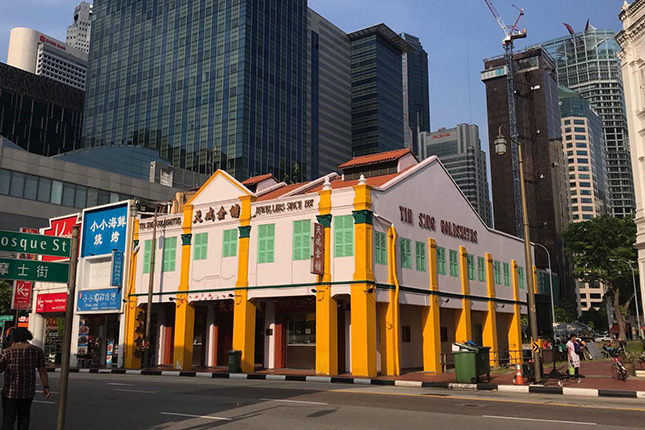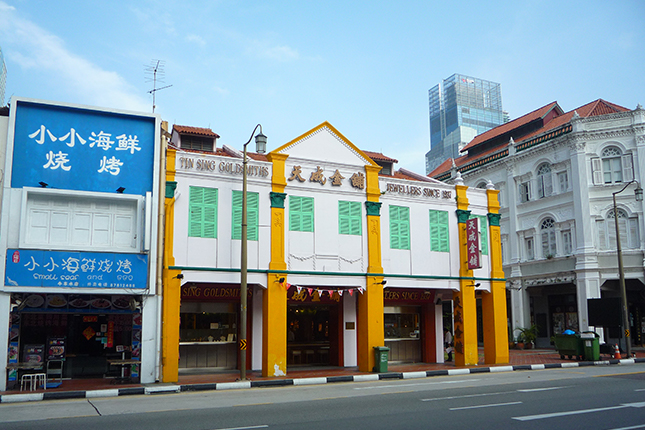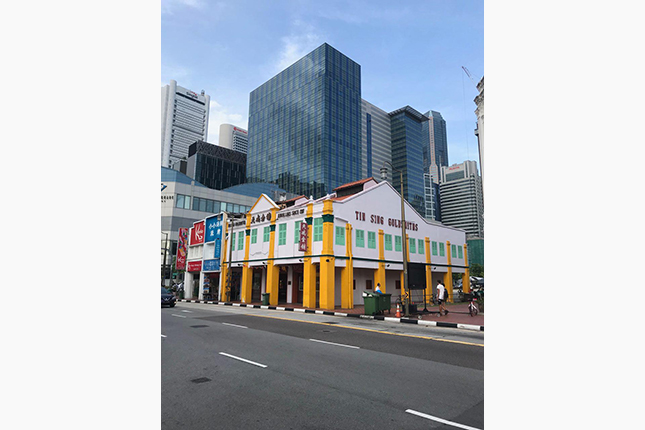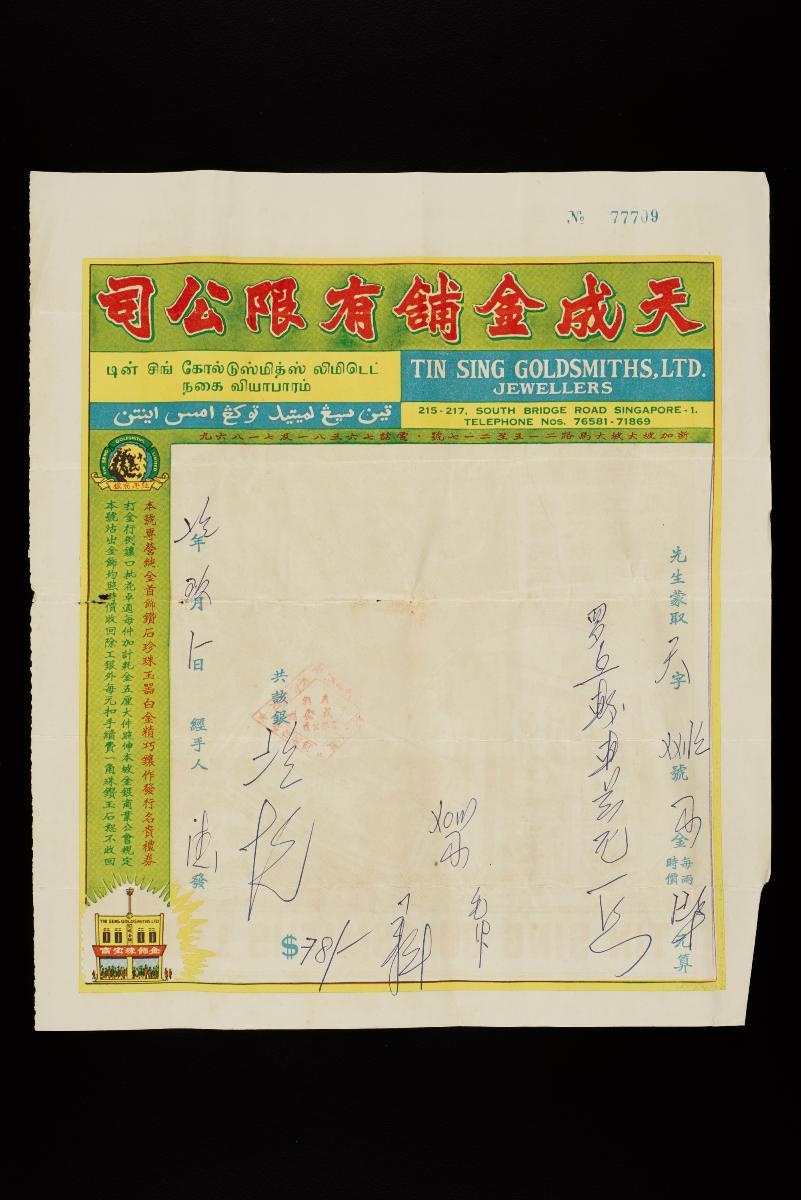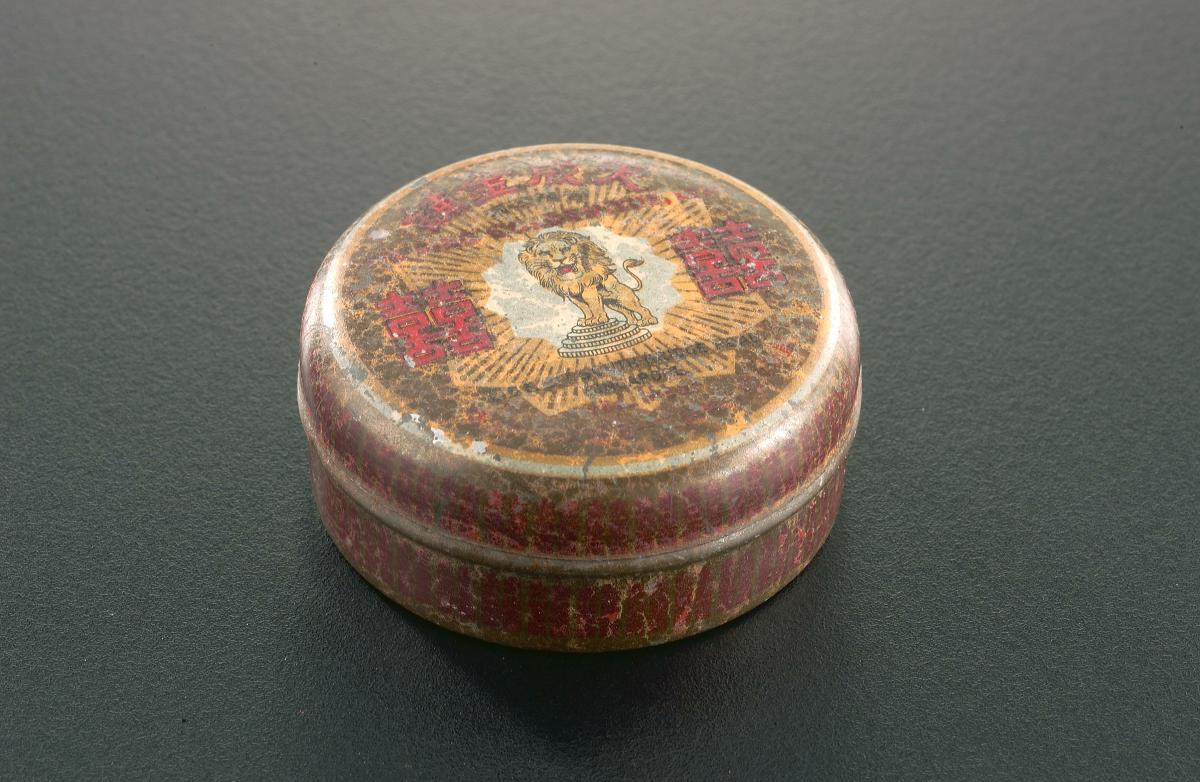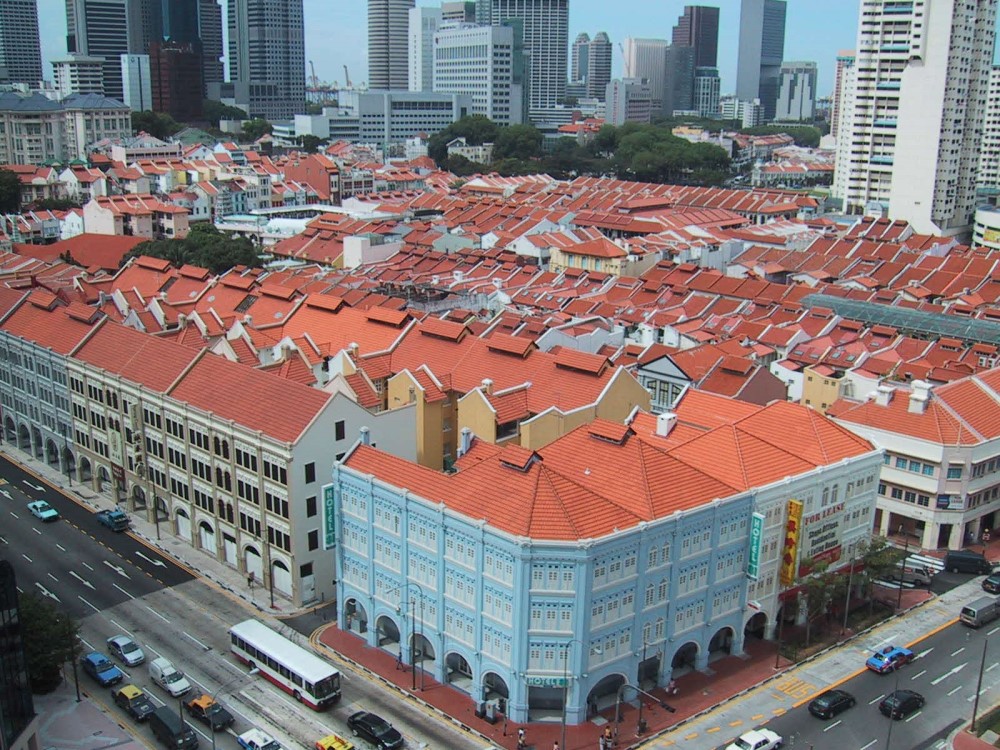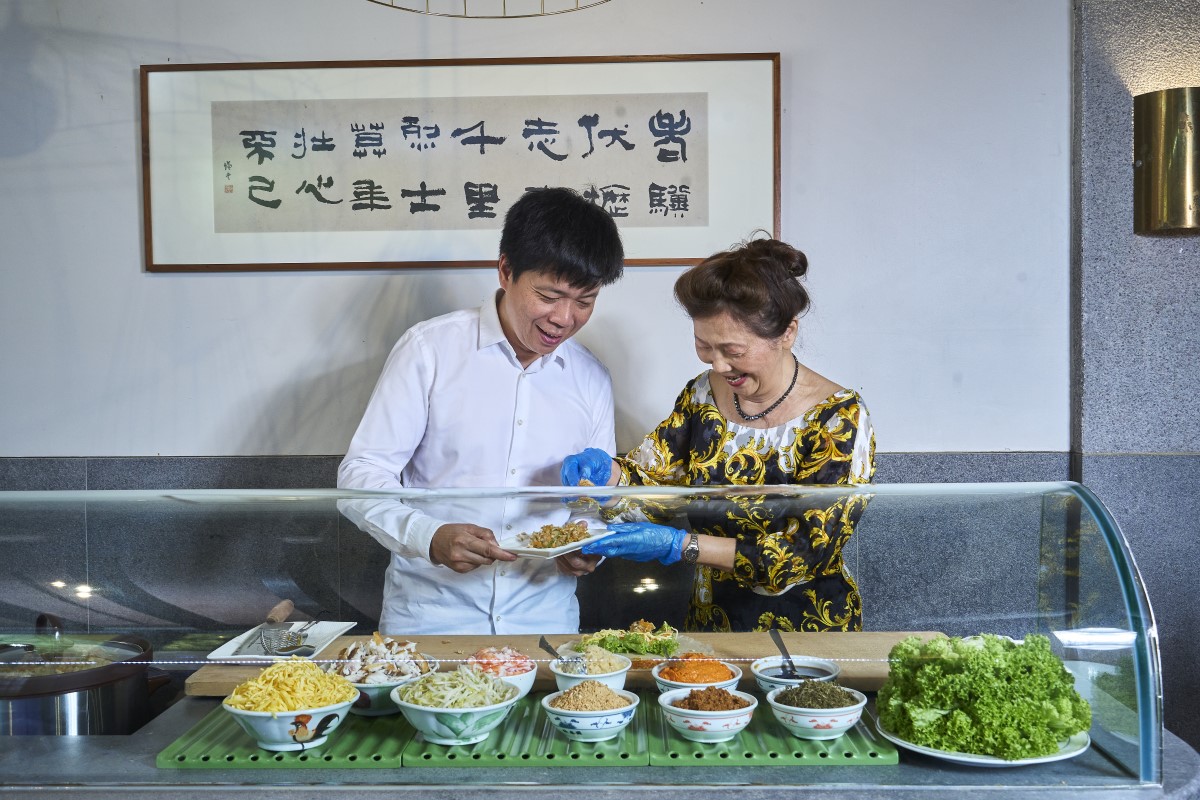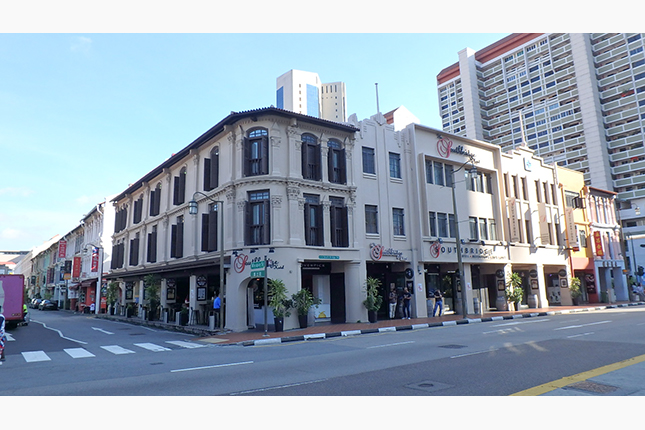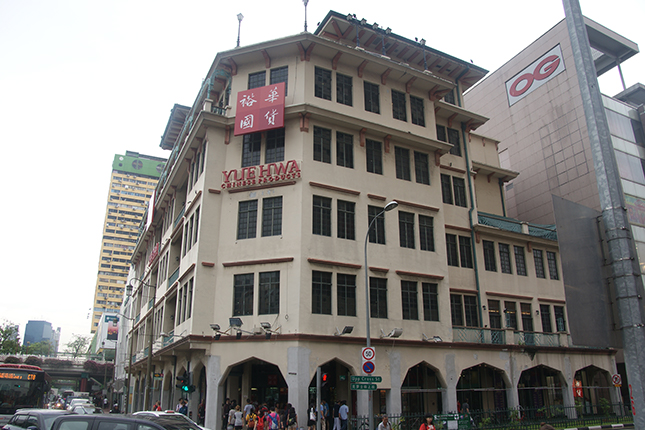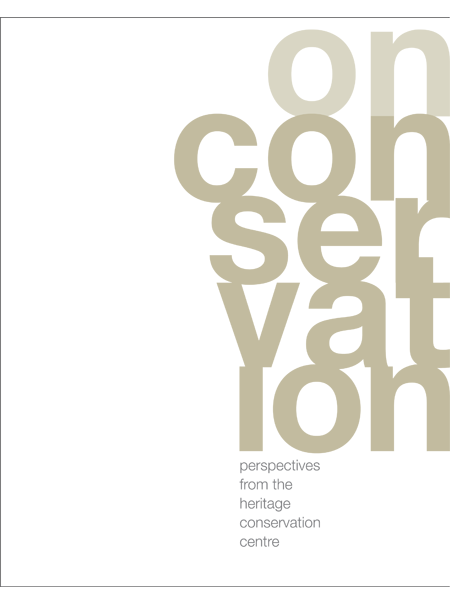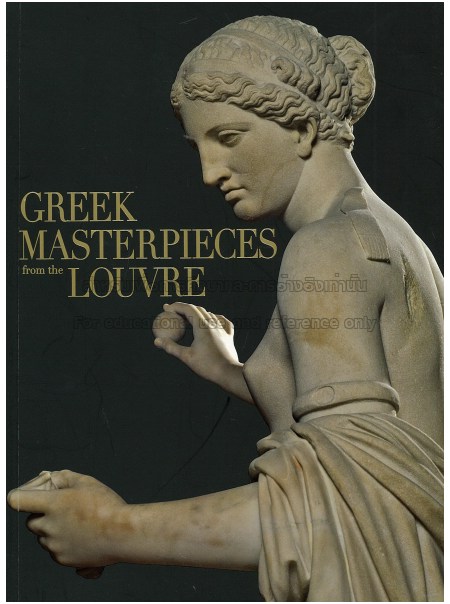The two-storey shophouse was built around 1910 and combines a traditional symmetrical design, and a proto-modern façade with geometrical features and large, flat surfaces.
Earlier tenants of the shophouse included a second-hand goods dealer and a firm owned by Tan Kah Kee. The shophouse was subsequently occupied by the World Book Company sometime prior to World War II.
The World Book Company was founded in 1924 under the name Cheng Hing, by the founder of Popular Bookstore, Chou Sing Chu. It was one of the four leading Chinese bookstores in Singapore alongside The Shanghai Book Company, The Commercial Press, and Chung Hwa Book Company. The company also expanded further across Southeast Asia.
The company initially brought in Chinese books from its counterpart in Shanghai. When the imported school textbooks were banned in 1938 for political reasons, it published its own educational materials under the Zong Xing line. However, the Japanese soon invaded Singapore, and the publication of the Zong Xing line ceased.
After the Japanese Occupation, the company continued its efforts to revamp the school textbook. The company subsequently partnered with the other three leading Chinese bookstores and Nanyang Book Company to set up United Publishing House in 1947. In 1994, World Book Company merged into Popular Book Company.
In 1995, Tin Sing Goldsmiths came to occupy the shophouse. A casual conversation about the possibility of opening a gold shop led to the formation of Tin Sing Goldsmiths in 1937. The founders were a group of colleagues and friends including one Pastor Chow, who gave Tin Sing (meaning “Heavenly Success”) Goldsmiths its name.
With a start-up capital of only $10,000, the founders were fortunate to have had help from friends, many of whom allowed them to take goods and even gold bars on credit.
All of the pieces for sale had to be produced in-house, as there were no ready-made jewellery pieces available at the time. Raw materials—mostly gold and limited-edition jade—were brought to the shop, where they were handcrafted by the goldsmiths into jewellery. These pieces were in high demand as forms of investment.
Now managed by its second-generation directors, Tin Sing Goldsmiths remains one of the leading goldsmiths in the area.
This is a conserved building(s) by the Urban Redevelopment Authority (URA), please visit URA’s Conservation Portal for more details.
Buildings and sites featured on Roots.SG are part of our efforts to raise awareness of our heritage; a listing on Roots.SG does not imply any form of preservation or conservation status, unless it is mentioned in the article. The information in this article is valid as of May 2019 and is not intended to be an exhaustive history of the site/building.




